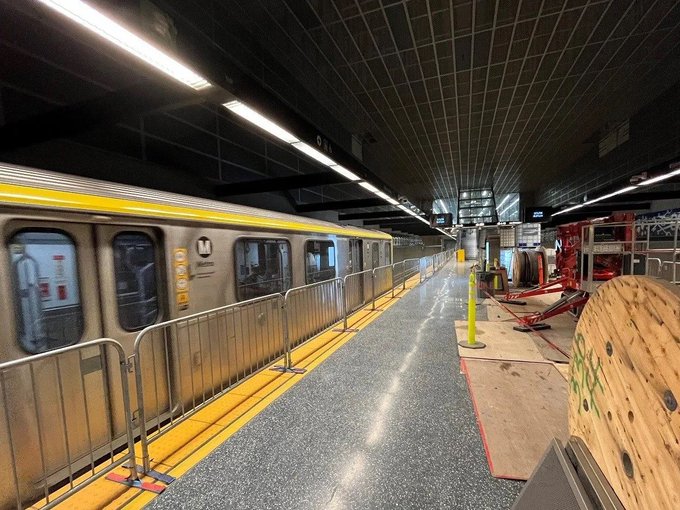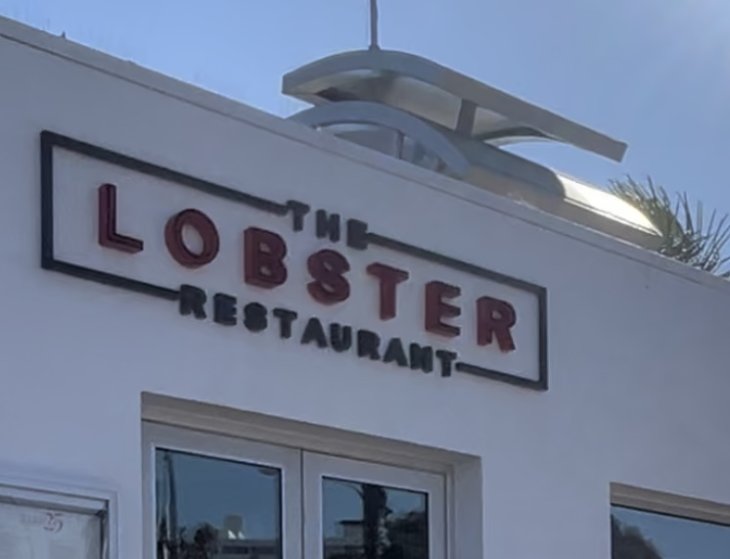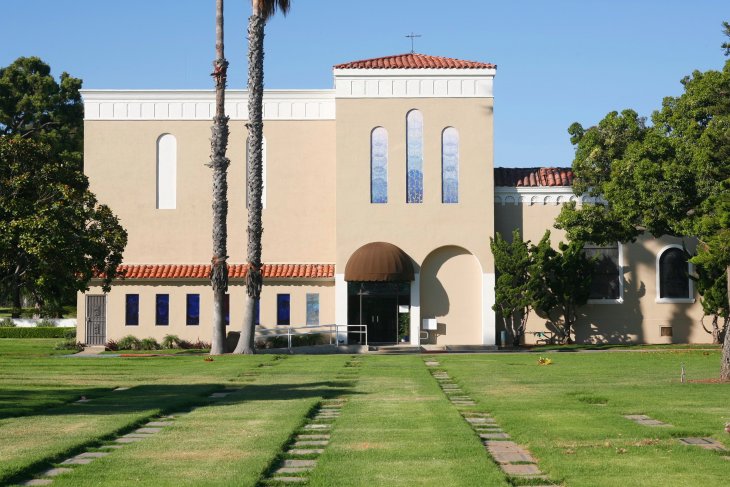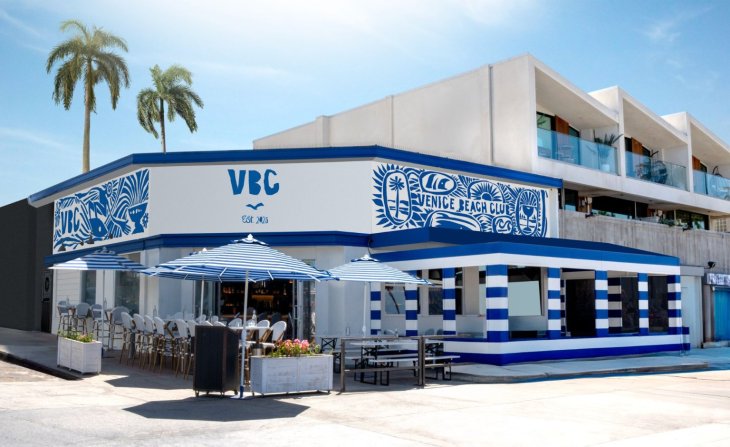By Tom Elias

Reports rise almost weekly about missed construction deadlines and other time problems for California’s embattled bullet train project, which hopes to see passengers move between Los Angeles and San Francisco in well under three hours sometime around 2030.
But the state’s High Speed Rail Authority, charged with spending almost $10 billion in state bond money approved by voters nine years ago, along with federal grant money and other funds from state sources like the cap-and-trade program, denies it has missed a single deadline.
“We have not missed any completion dates,” insists project spokeswoman Lisa Marie Alley. The authority even issued a press release announcing it met all federal timing requirements for more than $2.55 billion in 2009 grant money, while generating $4 billion in economic activity in the state.
And yet, no portion of the project, which will eventually also see terminals in Anaheim and Sacramento is anywhere near completion. It’s possible none will be completed if the myriad lawsuits against the project ever succeed.
That’s one reason a report on the Breitbart News California website looked credible at first glance the other day, when it said the authority had extended a deadline for prime contract work by the Tutor-Perini/Zachry/Parsons (TPZP) consortium on the 32-mile first stretch between Madera and south Fresno. Breitbart also said the consortium got an 18 percent raise amounting to almost $8 million for that stretch.
Well… not exactly. The HSR directors actually increased the contingency fund for work on their first segment by $35 million; none earmarked for the TPZP group. The money, said the directors, will “address short-term needs and avoid delaying…critical activities through November.” As of early November, Alley said, the contractors had received none of that money. Nor were any deadlines extended.
So much for the accuracy of “fake news” critic Stephen Bannon, the former top adviser to President Trump who heads Breitbart.
All this, however, begs the question of whether the project can really be on time, as officials claim, when not even one short segment is finished more than two years after construction began.
Which leads to a simple question: Why not put time incentives into bullet train contracts? This is perfectly legal (“We could opt to do that, but… have not done so,” said Alley) and has been effective when the state did use it.
The best examples of incentives speeding work without increasing costs, while boosting local economies far more than the expenses involved, came immediately after the 1989 Loma Prieta earthquake and the 1994 Northridge shock.
After Loma Prieta, incentives were written into a contract with the C.C. Myers construction firm of Rancho Cordova, which rebuilt two bridges on California 1 near Watsonville in 55 days – 45 days less than what was allotted for the job. Myers got an incentive bonus of $30,000 for each day it was early.
It was the same five years later, when two key bridges collapsed along the world’s busiest road, the I-10 Santa Monica Freeway in Los Angeles. Exactly 66 days later and 74 days ahead of deadline, that freeway reopened and commuters stopped using detours that cost them about 30 minutes in each direction they drove. That ended daily costs to the local economy estimated at well over $1 million per day for delays to goods and services. Myers again did the work, pocketing about $14 million in incentive bonuses, part of which it spent on extra workers and overtime.
The outcome was similar on five other incentive contracts to rebuild earthquake-damaged bridges.
Despite the proven effectiveness of incentives, Caltrans and other state agencies let the practice lapse. The bullet train has no plans to use them, either. “We have and plan to continue to use design-build and or design-bid-build (contracts) that do not include an incentive,” the authority said.
The HSR authority gave no reason for such rigidity, and perhaps it will change its mind and do the logical thing if it ever falls behind a legally-mandated deadline.
But history shows incentives get work done more quickly and create more jobs, even if they are temporary like most construction work. If California’s next governor is smart, he or she will insist on this tactic as a condition of appointment to the authority’s board, whenever vacancies come up.






















